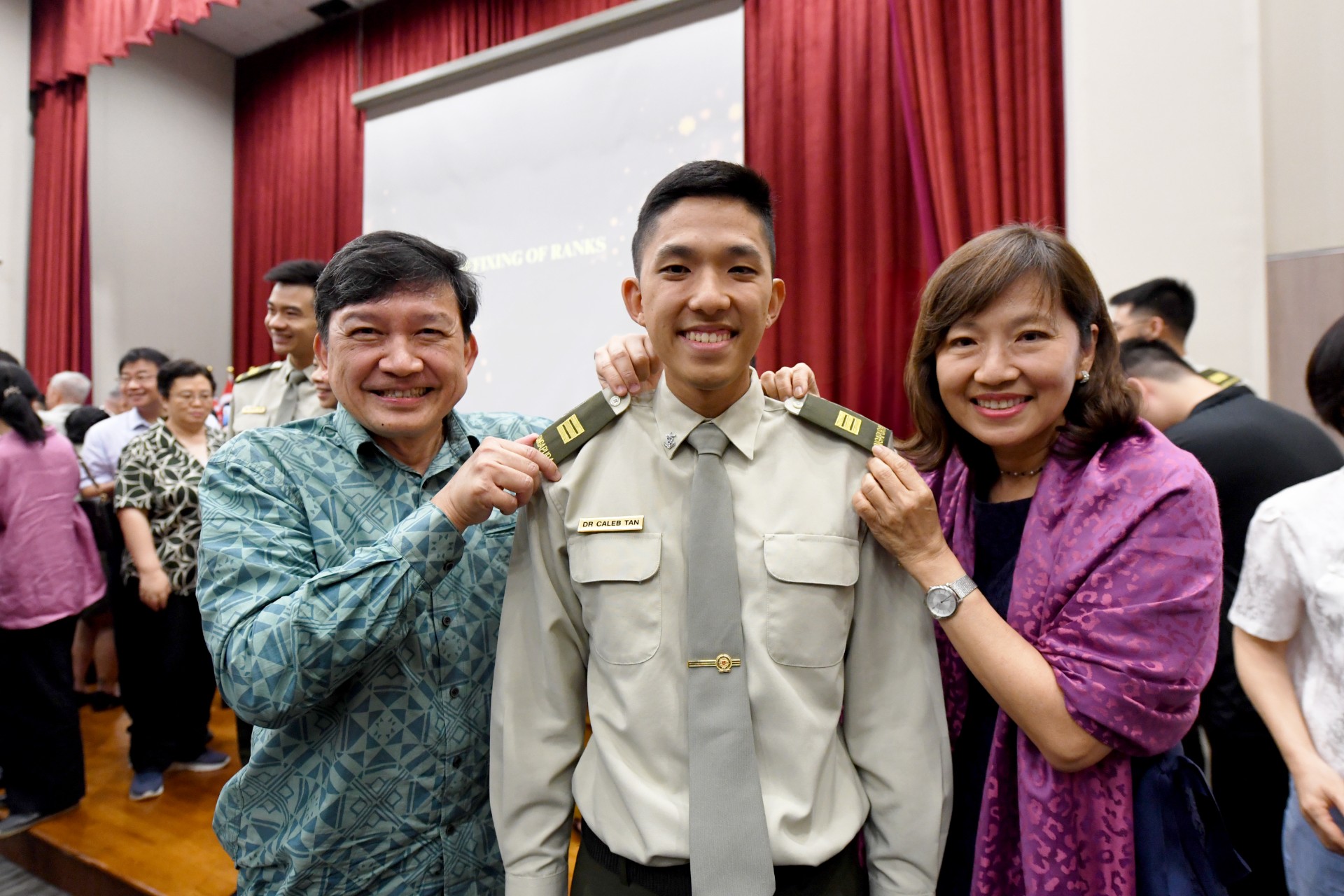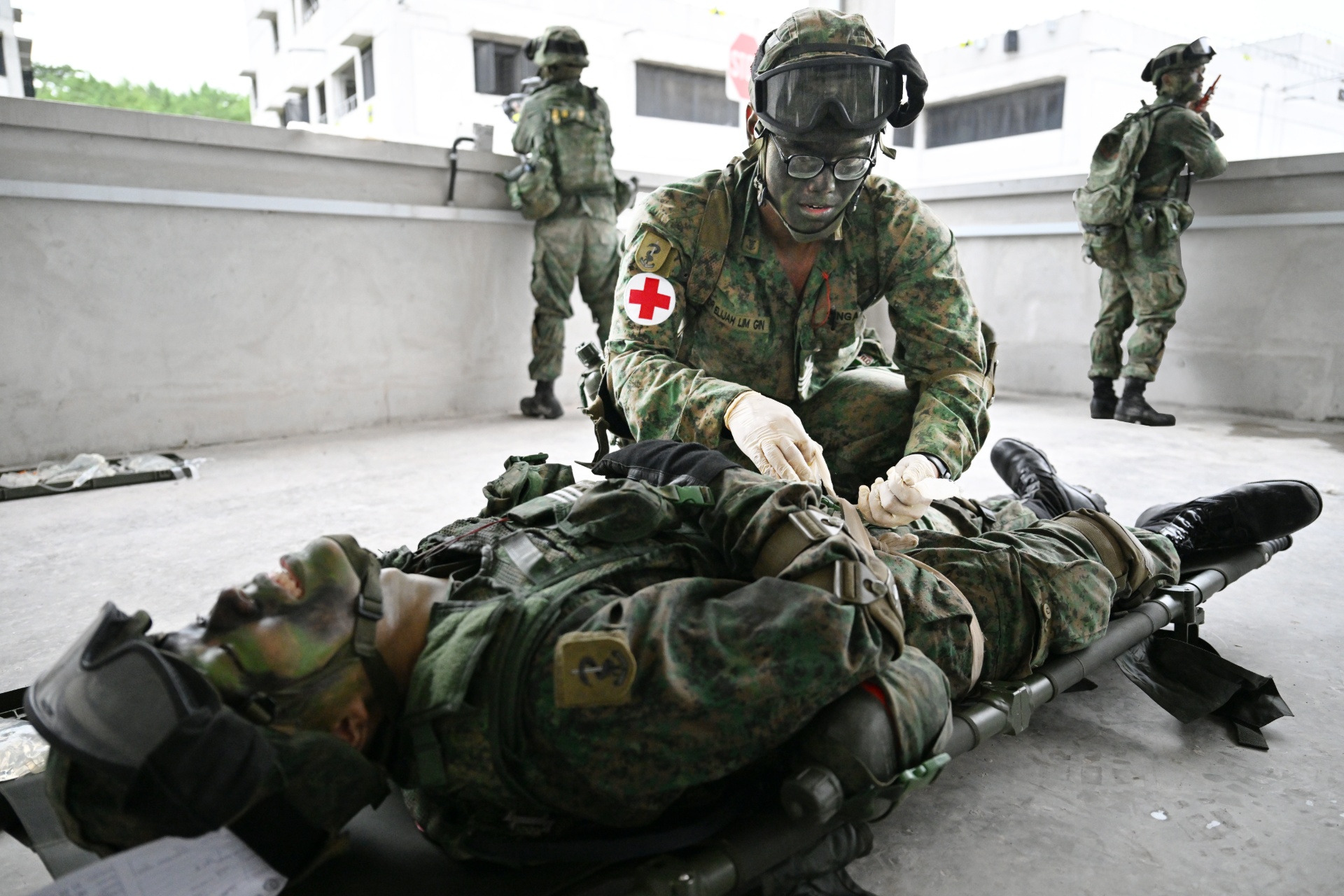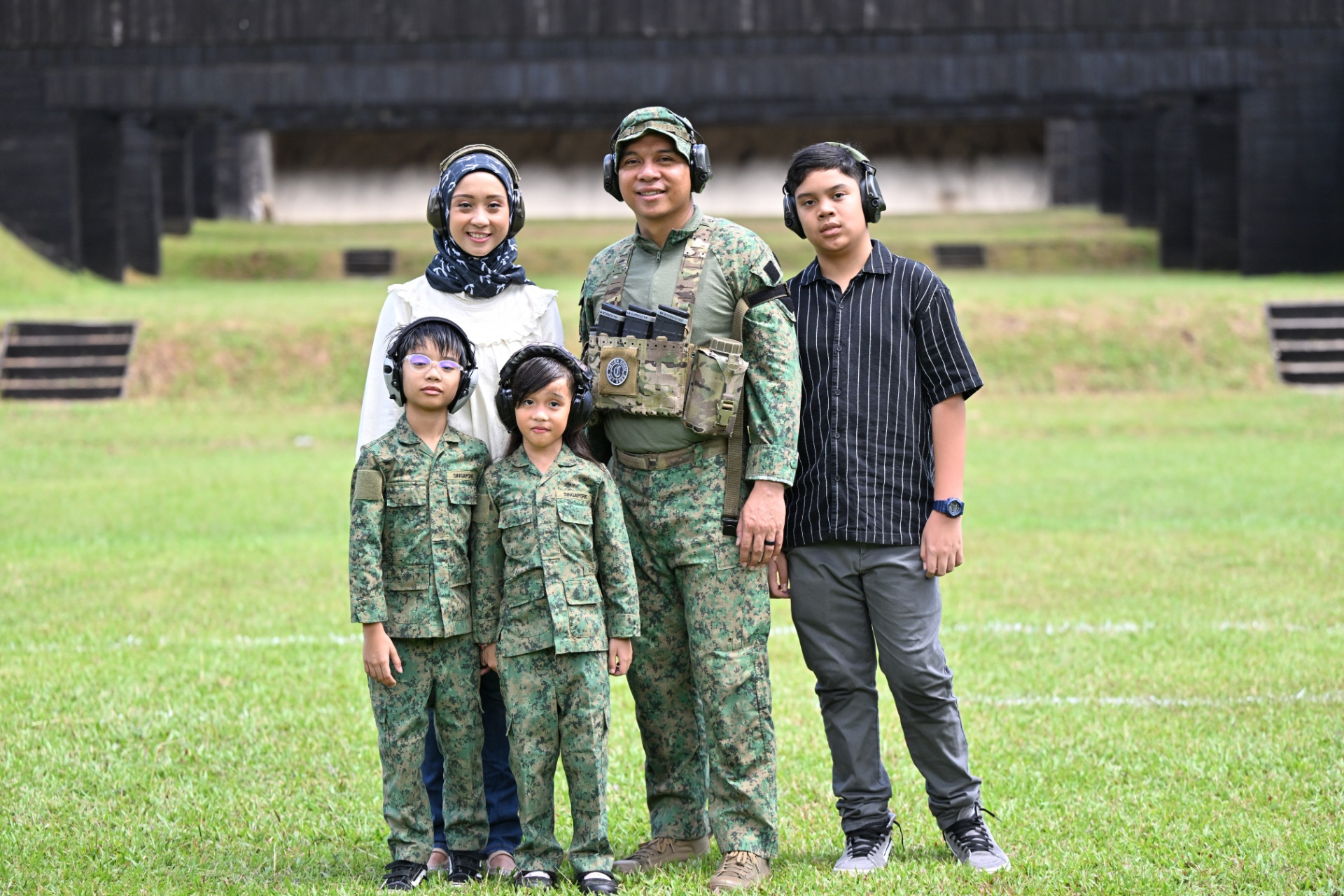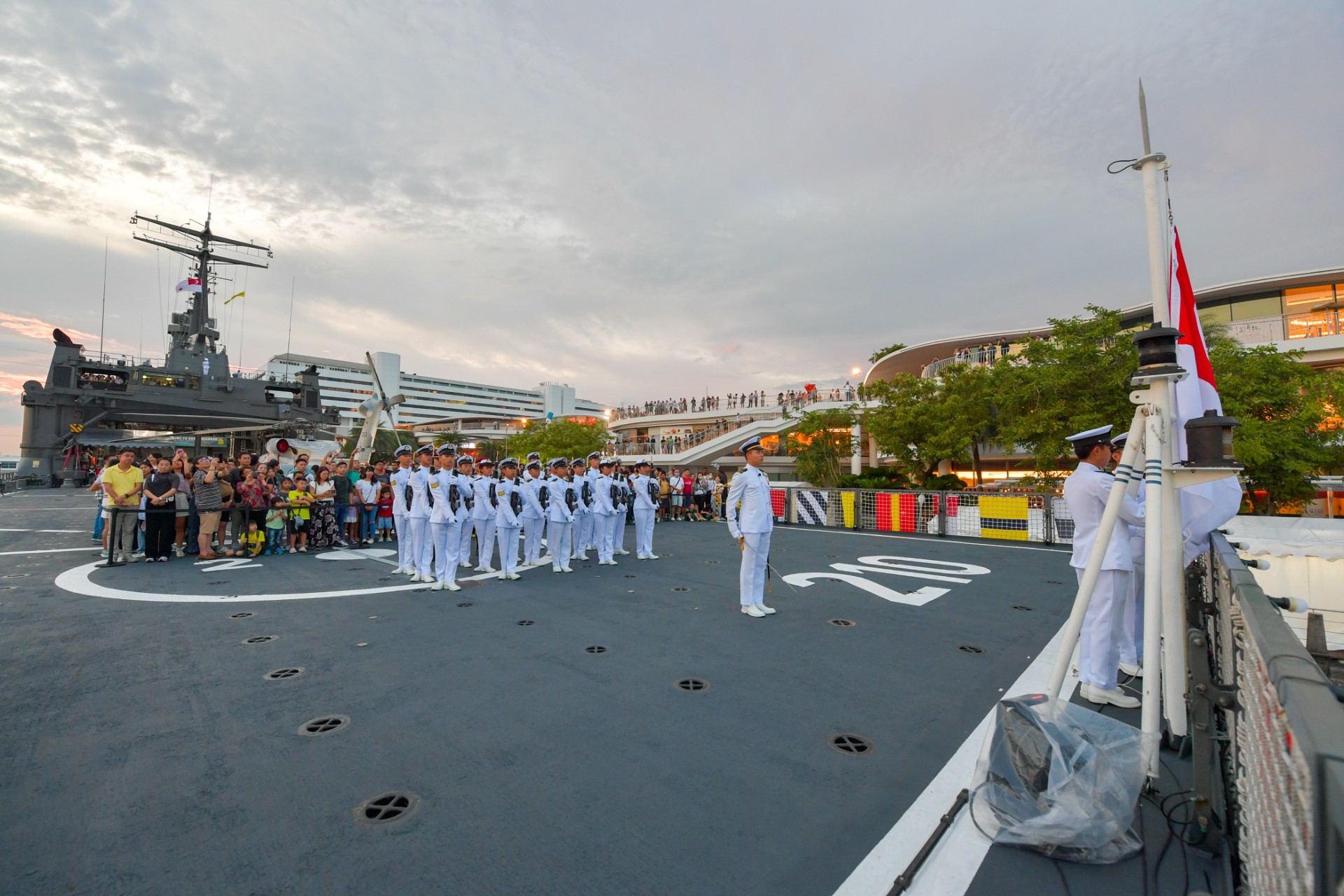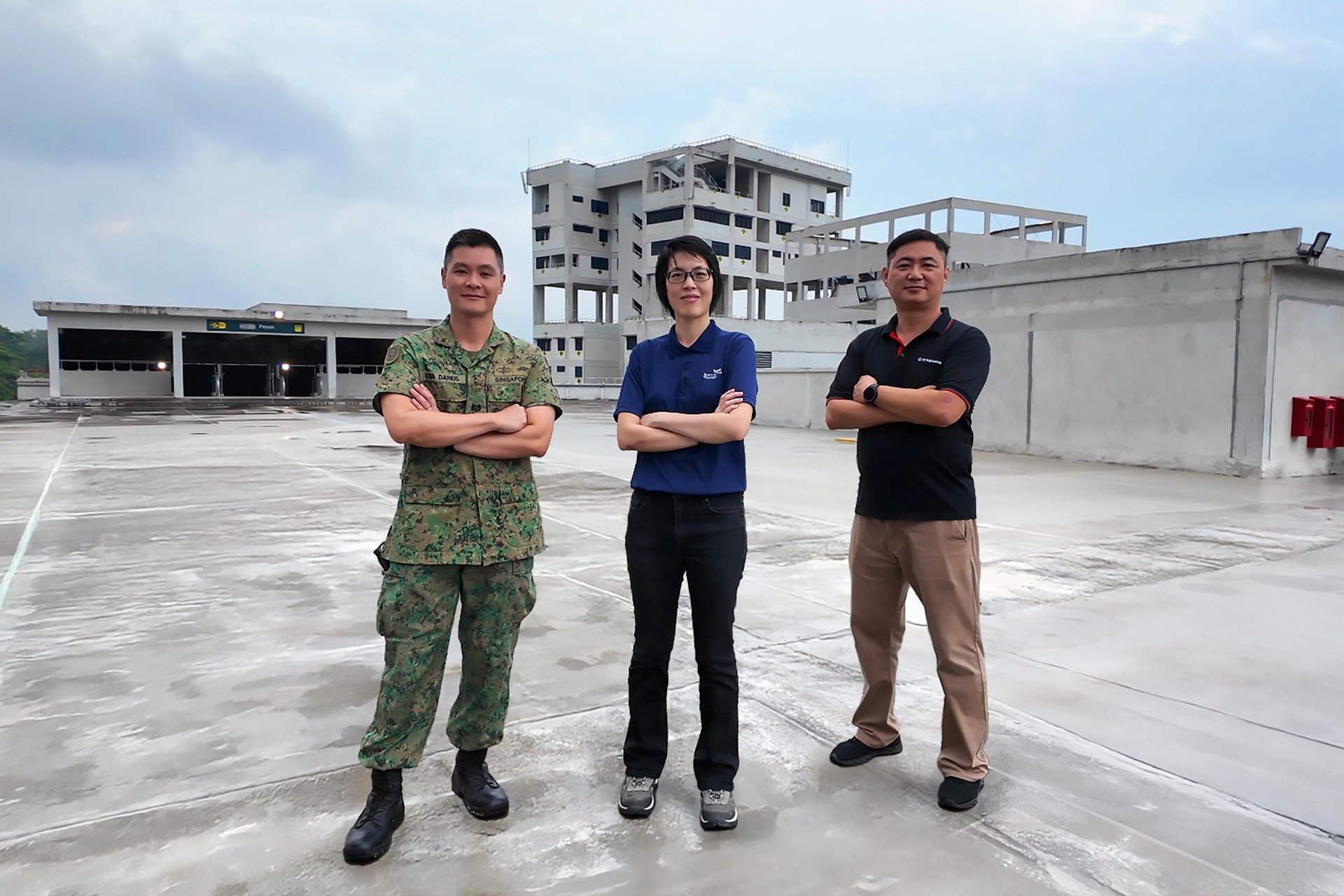ULTIMATE AIR DEFENCE ON THE HIGH SEAS
PHOTO // Courtesy of BAE Systems
The Type 45 Anti-Air Warfare Destroyers are designated to be the backbone of the Royal Navy of the United Kingdom's (RN's) air defence. Designed to protect aircraft carriers and multiple ships, it is a fast and stealthy ship that carries its crew in a cradle of comfort.
Heavy armaments and high speed are what make the Type 45 destroyers a menace to aerial threats out at sea. Built by BAE Systems, these ships bristle with anti-air missiles and are capable of speeds in excess of 29knots (54 kmh). Designed to support naval operations by providing air protection for ships, these destroyers are built to fulfil one mission: eliminate any hostile aircraft and missiles that threaten the fleet.
Former First Sea Lord of the RN Admiral Sir Alan West stated in February 2006 during the launch of the HMS Daring - one of the six Type 45 destroyers ordered by the RN - that the Type 45 destroyers will be the RN's most capable destroyers ever, as well as the world's best air defence ship.
RN signed the shipbuilding deal worth 6.45 billion (S$15.2 billion) with main contractor BAE Systems in 1999.
Today, the ship is certainly living up to those aspirations as it performed admirably during initial tests conducted from 2006 to 2008, exceeding speed and crew comfort requirements.
During sea trials held in August 2007, a Type 45 destroyer reached 54 kmh, the speed it was designed for, in 70 seconds from a standing start and went on to achieve a speed of 58kmh in 120 seconds. This makes it one of the fastest vessels for its weight in the world.
Superior fighting capability
Type 45 destroyers are able to defend naval assets effectively because of their ability to engage a large number of targets simultaneously through its sophisticated radar system and heavy armaments.
Hunters and killers par excellence, Type 45 destroyers use the Principal Anti Air Missile System (PAAMS). The result of a collaboration between British, French and Italian defence systems experts, the PAAMS integrates the ship's radars and missile launching systems.
Consisting of a SAMPSON Multi Function Radar (MFR), command and control consoles and an eight-silo vertical missile launcher, the control and coordination of several missiles at the same time is made possible with the PAAMS.
The SAMPSON MFR is a world-class air defence radar system with a range of 400km that is able to track hundreds of targets at any one time. Reports have indicated that the radar system is capable of tracking an object the size of a cricket ball travelling at three times the speed of sound.
The Type 45 destroyer's target-tracking abilities are complemented by the fast-launching vertical missile system. The ship is able to engage threats of varying ranges from the air as it carries two types of missiles, the short-range Aster 15 missile and the longer-range Aster 30 missile.
The combination of all these systems means the Type 45 destroyer is capable of launching up to eight missiles in 10 seconds. This is at least two times faster than the older Type 42 destroyer.
In addition, the ship supports add-on anti-ship and anti-submarine capabilities. It can carry a pair of Harpoon anti-ship missile launchers and a helicopter capable of carrying Sea Skua anti-ship missiles. The embarked helicopter can also be fitted with Sting Ray anti-submarine torpedoes.
Type 45 destroyers are able to support various helicopter operations as both its flight deck and hangar are large enough to accommodate aircraft up to the size of Chinook helicopters.
Crew comfort and survivability
One of the main problems of any large-scale ship is the vibration from its powerful engines. If not properly managed, these vibrations can adversely affect crew comfort as they can disrupt their rest as well as cause fatigue.
During habitability tests, Type 45 destroyers exceeded standards for vibrations even when operating at full power. This is something that few luxury yachts can lay claim to and is a remarkable achievement for a 152.4m warship.
On the exterior, the destroyers incorporate several features that enhance survivability during combat manoeuvres.
Eliminating right-angled panels and reducing exposed equipment, the Type 45 destroyer's radar footprint is significantly smaller than its actual physical size. To further reduce its radar signature, even berthing equipment and essentials such as life rafts are concealed beneath its superstructure.
Cooling fans around the ship's exhausts reduce its heat signature, making it more difficult for infrared scanners to detect its presence.
The RN will replace its ageing Type 42 destroyers, which have been in service since 1975, with the Type 45 destroyers. The new warships will form the Daring-Class destroyers and the first - christened the HMS Daring - entered into service on 23 Jul.
TECHNICAL SPECIFICATIONS
Max Displacement: 8,092 tonnes
Length: 152.4m
Width: 21.2m
Minimum water depth for safe passage: 7.4m
Main Armament: 48 x Aster 15 30 anti-air missiles
Speed: 29knots
Max range: 13,000km
Engine: 2 x Rolls Royce WR-21 Gas Turbine
2 x Converteam electric motors

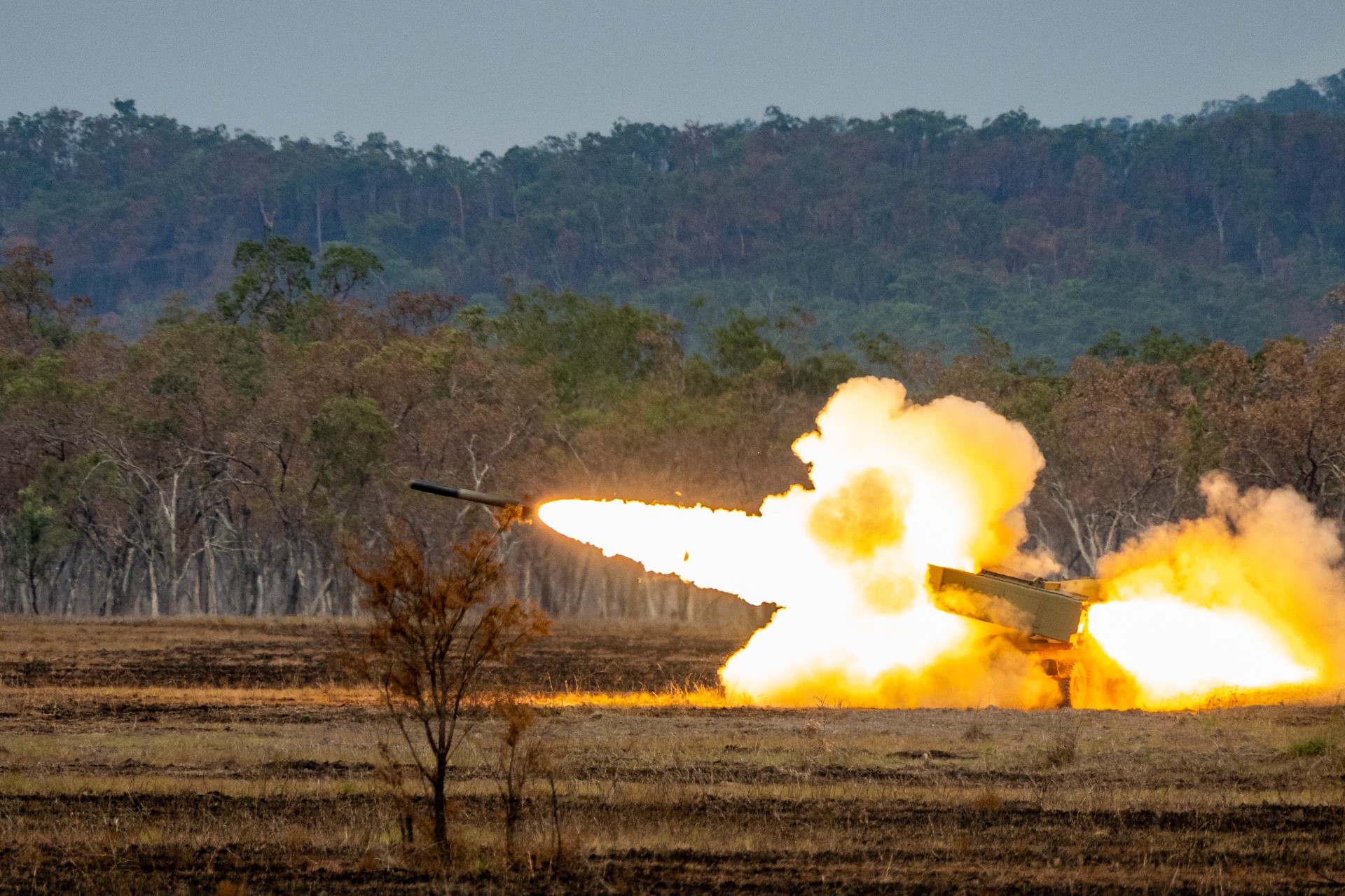
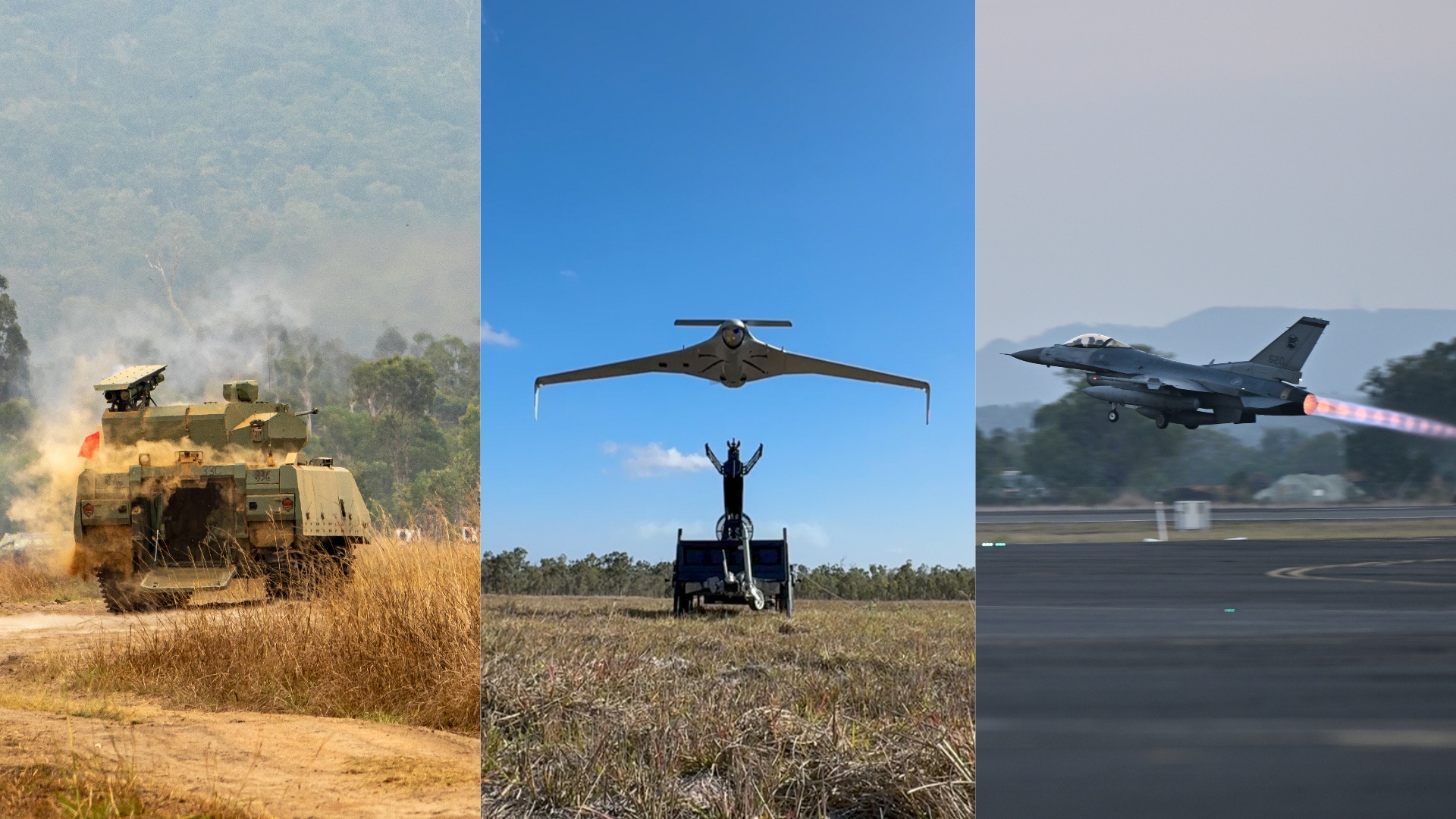
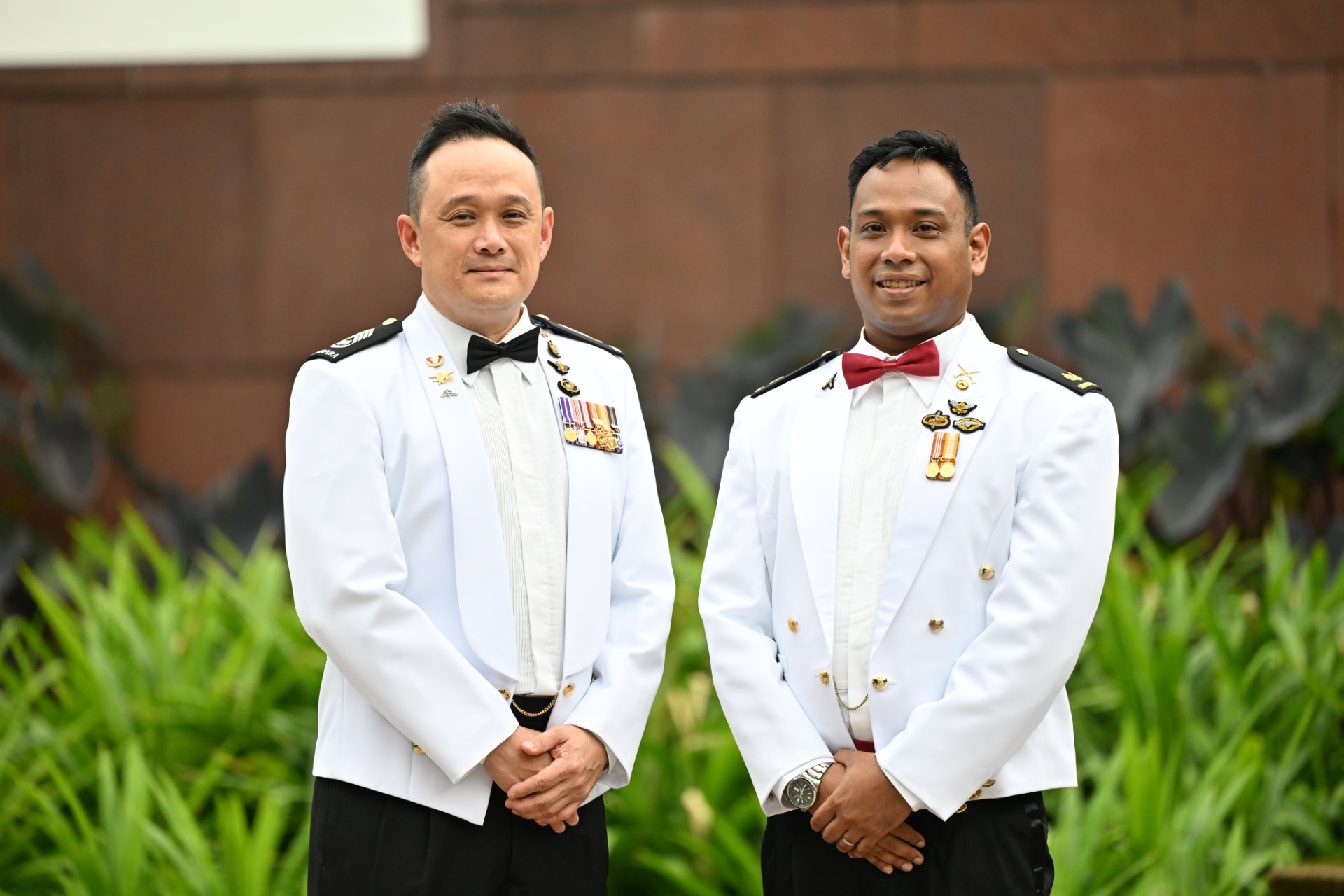
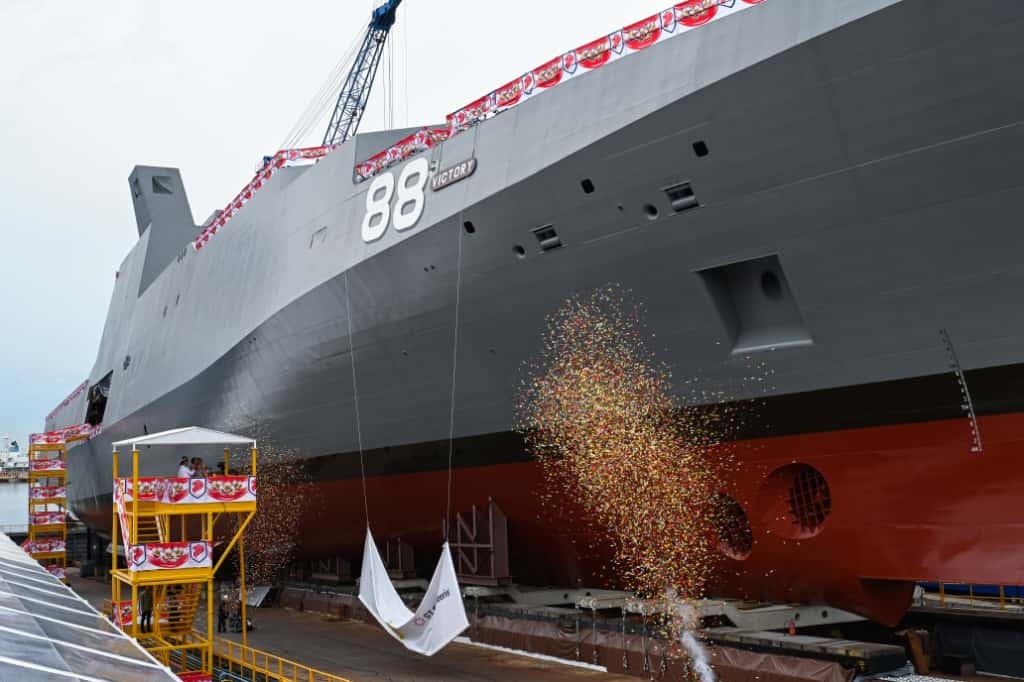
-dsc_2181.jpg?sfvrsn=cf8a503f_1)
